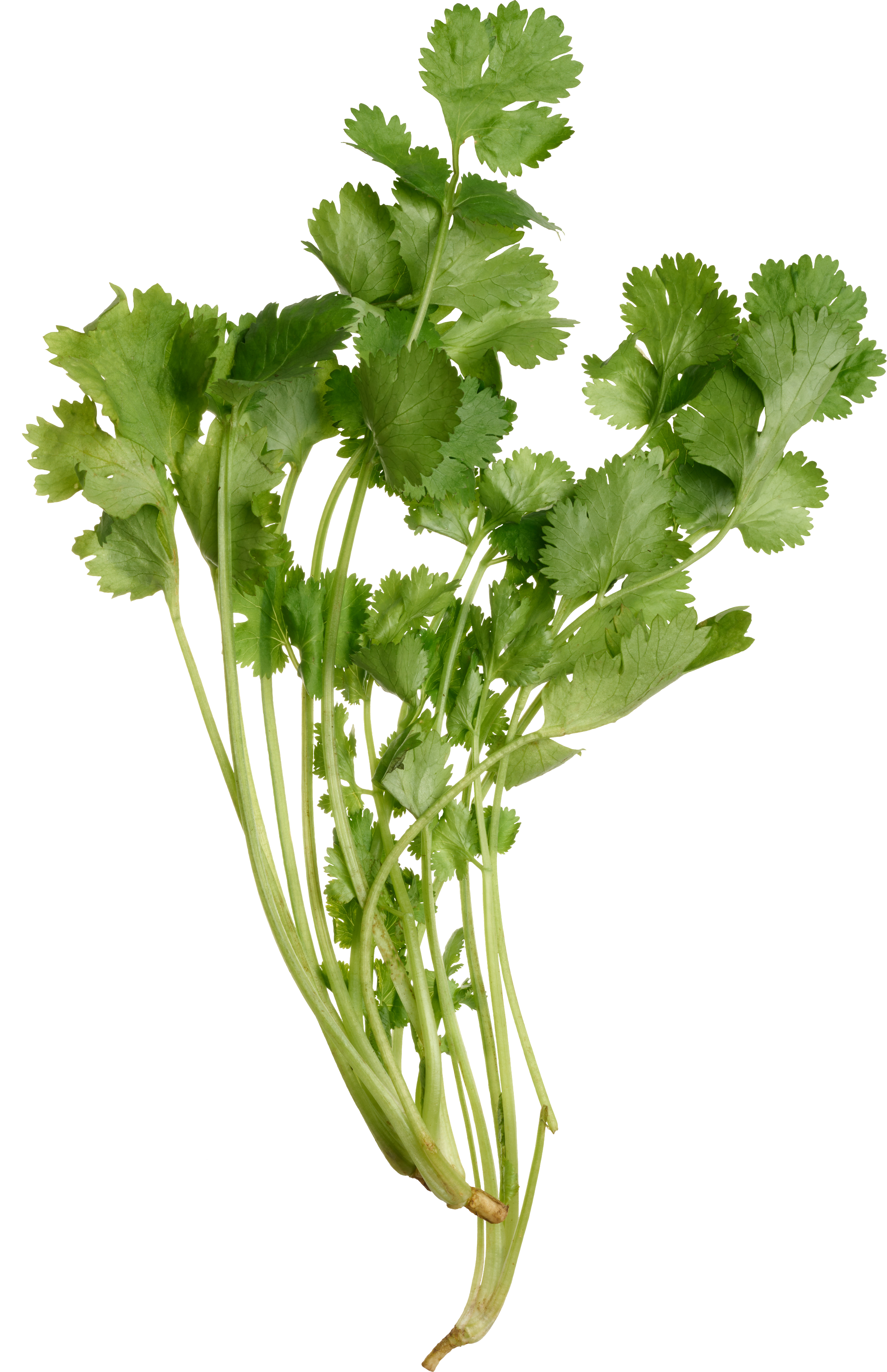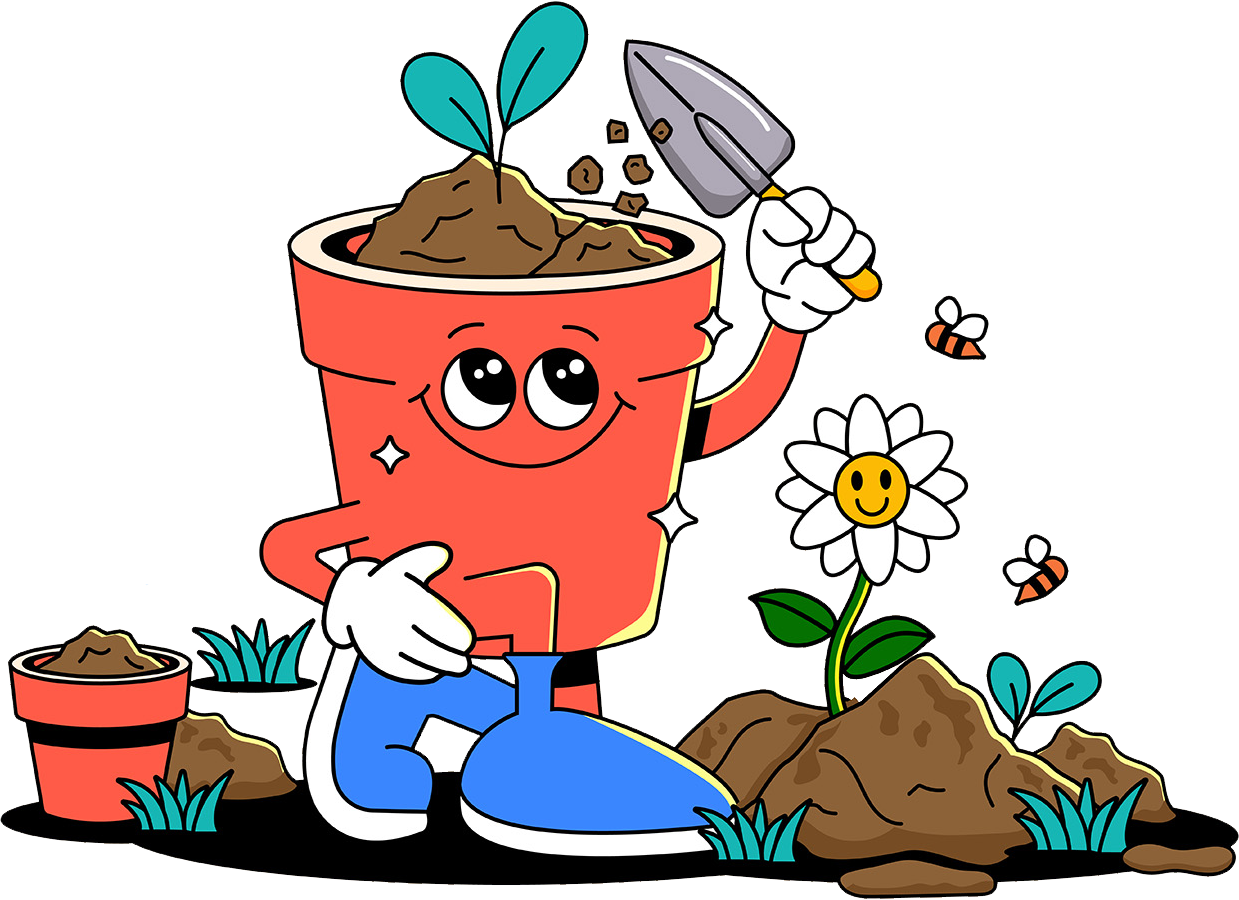CILANTRO
Indirect to full SUn
4-6 hours of direct sunlight daily
☁︎ Give cilantro some shade ☁︎
Cilantro can wilt or bolt quickly in hotter climates. It loves the sun, but it also needs a break from the heat like the rest of us.
Cilantro doesn’t tolerate low light well. It does enjoy some shade, but if shaded for too long it may appear leggy and its leaves will appear small, sparse and pale.
KEEP SOIL MOIST
Keep cilantro consistently moist
Cilantro has shallow roots that need regular hydration. But make sure it doesn’t get soggy! Water when the top inch of soil feels dry to the touch.
If you notice droopy or wilted leaves by midday, it’s begging for a drink!
Cilantro thrives in moderate humidity.
Cilantro is pretty laidback, so indoor humidity is fine. In drier environments, do a quick mist around the base (avoiding the leaves) to boost humidity levels.
soil needs
Cilantro digs a moist, well-draining mix that holds of a bit of moisture without getting soggy.
When choosing a potting mix for cilantro, look for mixes that include:
ᯓ Perlite or Coarse Sand ᯓ
Improves drainage and prevents its shallow roots from getting soggy.
ᯓ Coco Coir ᯓ
Helps hold moisture without making the soil too wet.
Harvesting
You can start harvesting when the stems are about 4 to 6 inches tall. If it’s big enough to taste, it’s big enough to prune!
A little snip every week or two keeps your cilantro leafy and delays flowering.
⊹ Use Clean Scissors or Fingers ⊹
Always use sanitized scissors or pinch off stems with clean hands to prevent spreading germs.
⊹ Identify the Pruning Spot ⊹
Look for a node where two leaves branch out from the stem. Cut or pinch just above the node, leaving two leaves intact. This encourages new stems to grow from the node!
⊹ Harvest vs Major Pruning ⊹
Light harvesting is basically pruning. If your cilantro gets unruly, trim it back more as needed. Be careful to not remove more than half of the leaves at one time to avoid shocking it.
Common Issues
-
A possible sign of overwatering. Soil that has been overwatered can lead to root rot.
Remove affected leaves.
If you suspect root rot: dry out the soil for a day, remove plant from pot, trim away dead, mushy roots, and repot in fresh soil.
-
A sign of not enough sunlight.
If you notice your plant is looking leggy and weak, try moving it to a sunnier spot.
-
Hot weather or long daylight hours can cause cilantro to bolt.
Pinch off flower buds as they appear to keep them away and to keep your herb flavorful.
-
A sign of dehydration, too much heat or a sudden temperature drop.
Give it some water and/or move to partial shade during midday sun.
Pet Safe
Cilantro is a non-toxic herb that is considered a safe herb to grow indoors or outdoors in pet-friendly spaces.











